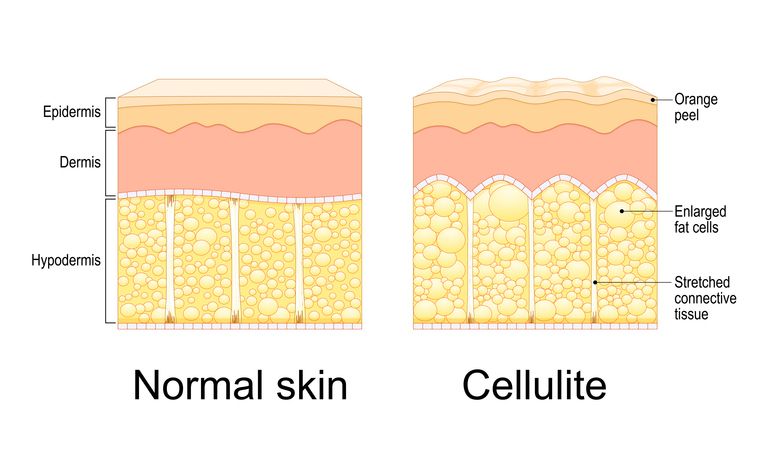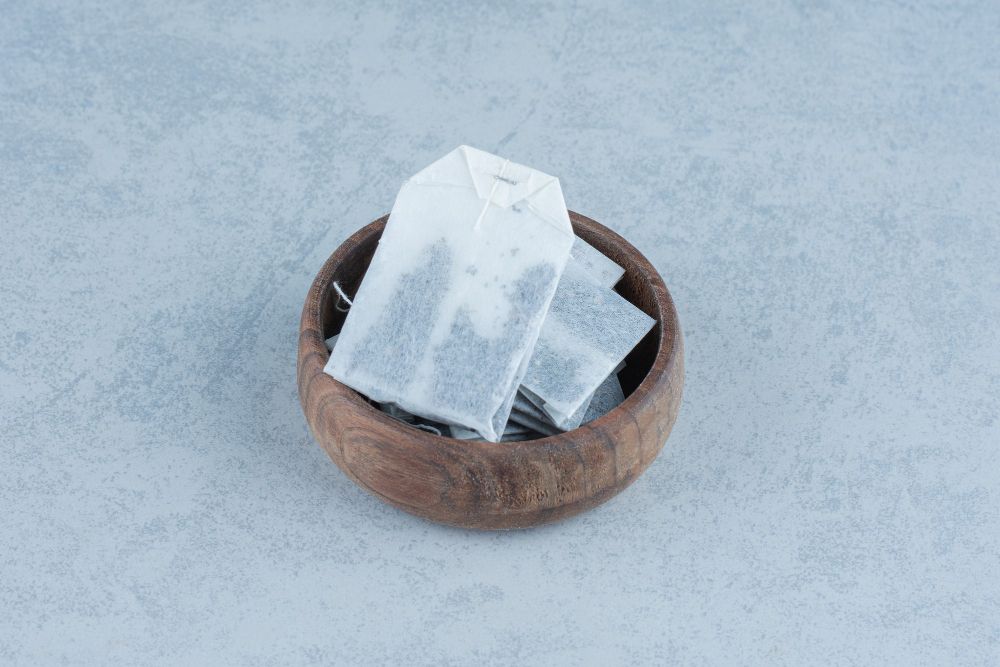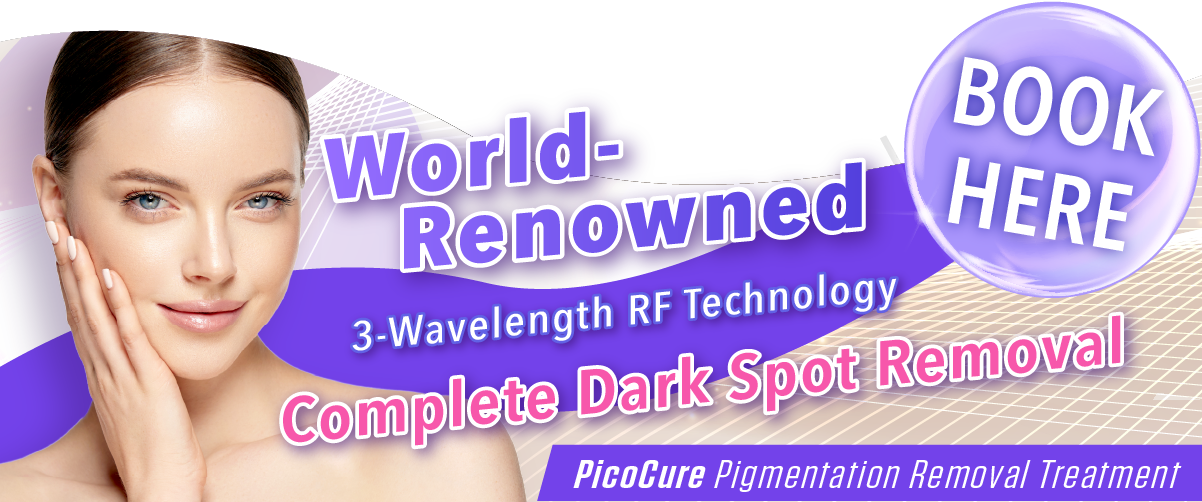

Book Now to Experience
PicoCure Pigmentation Removal Treatment
1 Minute Self-Registration
Date should not be before minimal date
Author: Sophia Man|Updated: 23 July 2024
Pigmentation spots can cause distress and uncertainty in an individual as our appearance plays a huge role in giving us confidence and motivation. However, due to genetic variance and environmental factors, melanin particles begin to form prematurely. Melanin is the substance that provides your flesh, hair, and eyes colour. Melanocytes, which are located inside this outermost layer of the skin generate melanin. Everyone has approximately the exact number of melanocytes. Nevertheless, some individual cells contain greater melanin than others, as do certain types of melanin. The darker the skin is, hence more melanin one has. Melanin can accumulate in certain regions and produce skin discolouration, which physicians sometimes refer to as hyperpigmentation. Whenever sections of the skin are deeper than others, this is referred to as hyperpigmentation. In this article we will be looking into the types of melanin, where are they produced in the body, hyperpigmentation caused by excessive melanin and the treatment methods that can reduce dark spots and hyperpigmentation for clearer skin. These methods also include the PicoCure Pigmentation Removal Treatment found at New Beauty Australia- a dual-technology laser energy pigmentation treatment that removes excess melanin to give you a radiant, even and spotless face!

1
What Are Melanin Particles?
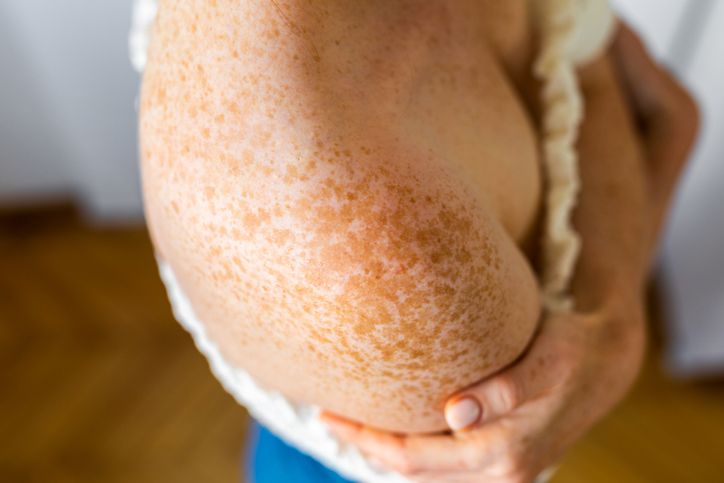
Melanin is a complicated polymer derived from an amino acid known as tyrosine. Melanin is responsible for the colouring of the skin, eyes, and hair. The material also filters UV (ultra-violet) rays, shielding the tissues from sun exposure.
Melanin is made by melanocytes. Such cells can be found in various areas of the body, which include:
· The hair · The skin's deepest layer · The pupil and iris · Certain sections of the brain (Suptia nigra and locus coeruleus) · Areas of the adrenal gland (medulla and zona reticularis) · A part of the inner ear known cochlear duct's stria vascularis
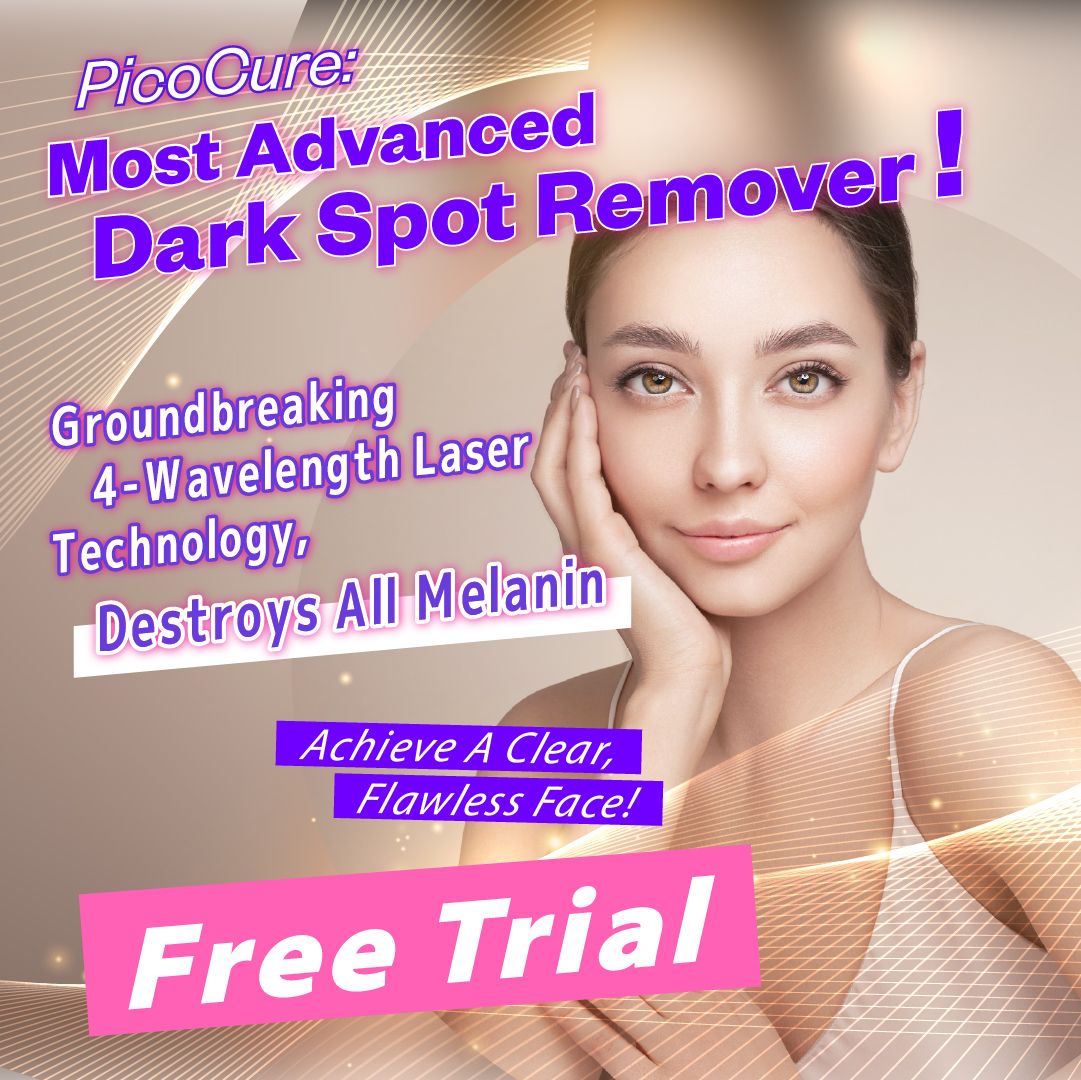

2
Is There Only One Type of Melanin?
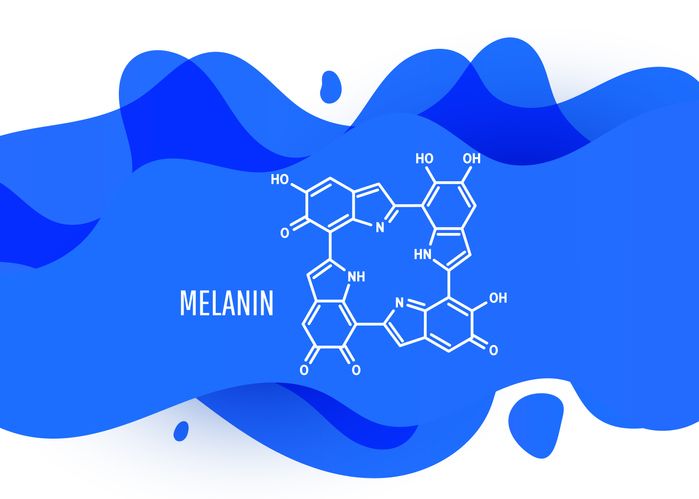
You will be surprised to find out that there are 3 different types of melanin found in the body. Each one of these melanin particles has a specific function that gives pigmentation to different parts of the body. These types include:
Eumelanin
· Found in black and brown · Liable for dark colours in skin, eyes and hair · Individuals with brown or black locks of hair have different levels of either brown and/or black eumelanin · Lack of black and brown eumelanin, produces blonde hair
Pheomelanin
· Colours the lips, nipples and any other pinkish regions of the body · individuals with balanced pheomelanin and eumelanin naturally have red hair
Neuromelanin
· Accountable to colour the neurons · Mainly researched for its linking to Parkinson’s disease
Read More

3
Does Melanin Cause Hyperpigmentation?
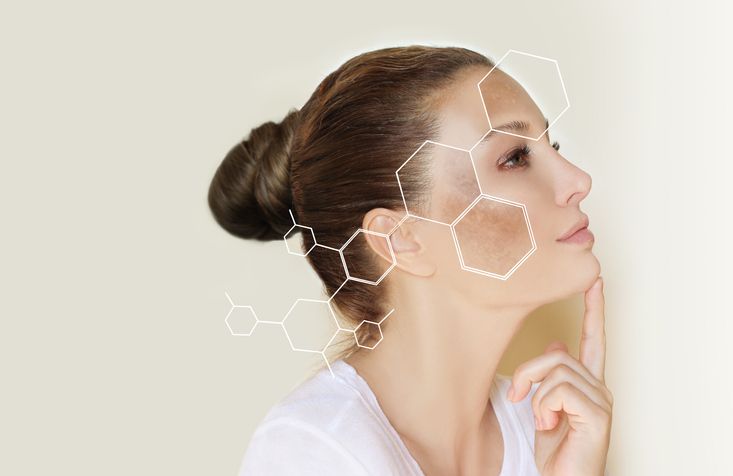
Organic melanin concentrations are mostly determined by heredity and define the hue of one's hair, skin, and eyes. Nevertheless, there are additionally other variables that may impact melanin formation, such as:
· UV light exposure · inflammatory reasons · biochemicals reasons due to skin aging · skin pigmentation problems
These causes can trigger a rise in melanin synthesis, which can result in hyperpigmentation. Hyperpigmentation is a phrase that typically that depicts darker-looking skin rather than a medical disease. It can:
· appear in little spots · broad coverage · influence the overall body
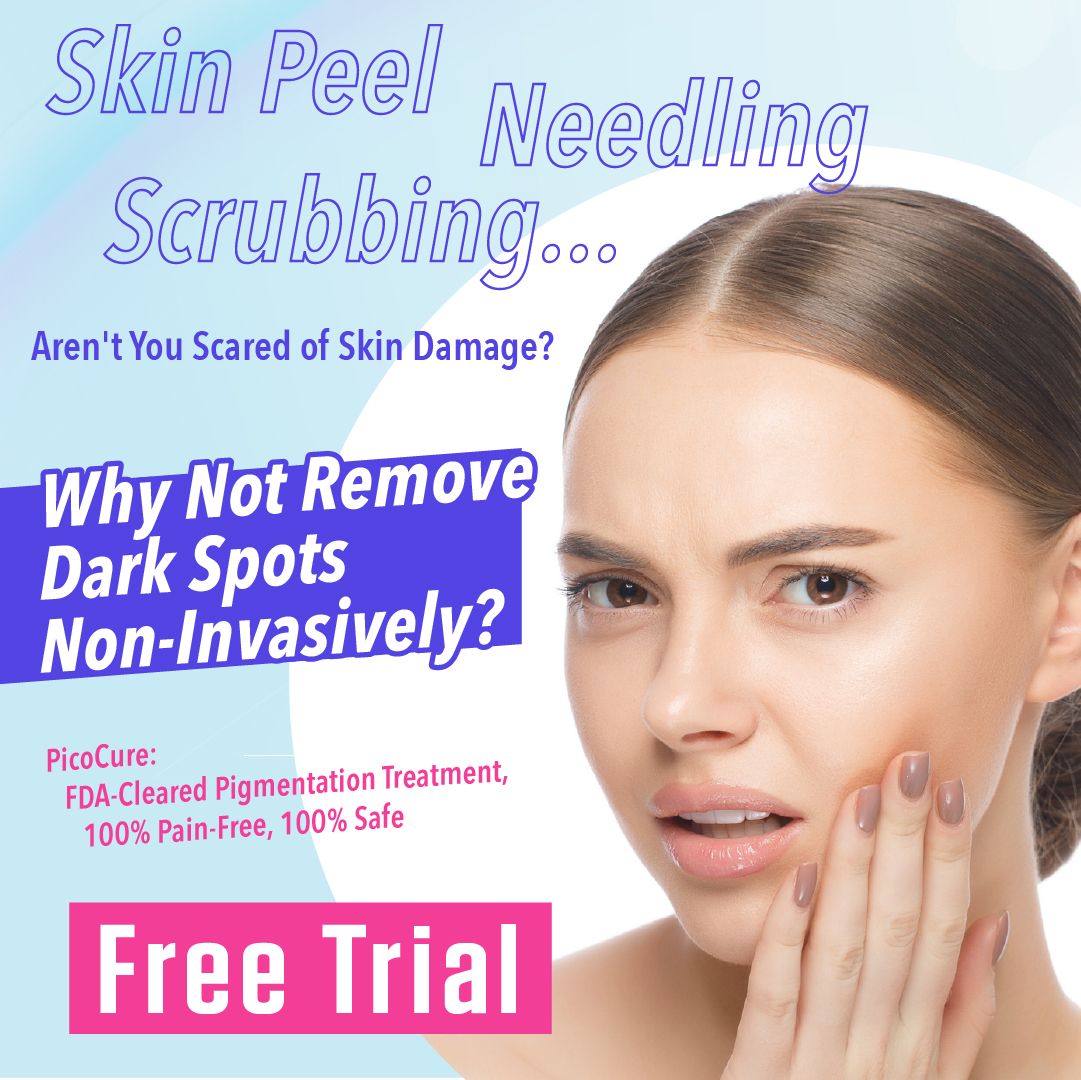

4
What Are the Types of Hyperpigmentation?

Melasma, sun spots, and post-inflammatory hyperpigmentation are among the most frequent kinds of hyperpigmentation.
Melasma
· Melasma is thought to be provoked by hormonal fluctuations and can occur during childbearing · Hyperpigmented areas can form everywhere on the physique, but they are particularly frequent on the abdomen and cheeks
Sunspots
· Sunspots, also known as liver patches or solar freckles, are very prevalent · They are linked to excessive and prolonged sun exposure · They typically form as patches on sun-exposed areas such as the faces and hands
Hyperpigmentation caused by inflammation
· This is caused by skin damage or swelling · Acne is a prevalent source of this nature
While existing melanin deposits can be spot-treated, there are dangers and restrictions. It is also feasible to decrease the formation of melanin in the skin. There are numerous methods for the actual amount of melanin concentrations in the epidermis.

Book Now to Experience
PicoCure Pigmentation Removal Treatment
1 Minute Self-Registration
Date should not be before minimal date

5
What Are the Pigmentation Treatments Available?
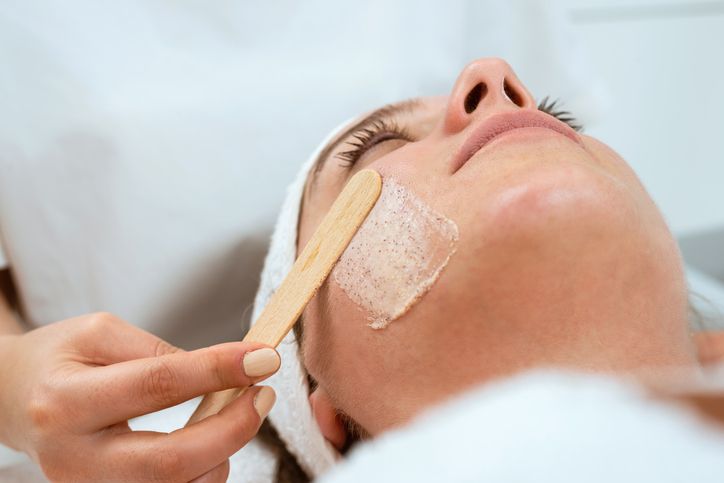
Today’s modern technology has evolved to produce high-quality pigmentation removal treatments that can be used to remove melanin deposits on the face. These methods include:
Skin peels/Chemical peels
A chemical peel employs elevated levels of acids to heal a specific region of the skin. They remove the skin's uppermost layer to lessen the impression of pigmentation on the epidermis. Deeper forms may also reach the skin's main surface which is the dermis, to generate more significant results.
Because of its potency, chemical peels administered in a doctor’s office may raise the risk of negative consequences. The following are some of the hazards associated with both in-home and professional chemical peels which include:
· inflammation · blistering · infection · scarring · allergic reaction
IPL therapy (Intense Pulse Light therapy)
IPL therapy is a non-invasive laser treatment method and referred to as a light facial, which promotes collagen development in the skin. It normally takes several treatments.
IPL is employed to address hyperpigmentation disorders in general, but flattened patches, in particular, react successfully to this procedure. It may also aid in the reduction of creases, varicose veins, and clogged pores. It may also aid in the reduction of creases, varicose veins, and clogged pores.
Gentle exfoliation (Microdermabrasion)
Microdermabrasion is an office-based treatment for pigmentation which only affects the epithelium layer of the skin to cause superficial scarring.
The physician will use a piece of screwdriver-like portable equipment with a stiff brush or some other rough accessory throughout the operation. The device is then brushed across the skin to scrape away the epidermal layer quickly yet delicately. Users may require many appointments to reach the desired outcome.
Dermabrasion
Dermabrasion similarly entails the elimination of the epidermal layer; however, the consequences extend into the dermal layer.
Although dermabrasion is occasionally employed to level out creases, it has traditionally been developed to identify textural issues which encompass:
· acne scarring · age spots · chickenpox scars · accident marks · damage to the skin due to sun exposure
Topical creams or ointments
To brighten skin, one could also apply topical lotions or balms. These remedies reduce the amount of melanin in the places in which they are applied.
Skin whitening creams are accessible with or without prescriptions. The majority of these products inhibit tyrosinase, the primary protein required for melanin formation. This reduces the production of melanin, resulting in brighter skin.
Nevertheless, skin-whitening items are founded to have the following detrimental effects:
· drying reddening of the skin · inflammation · reddening of skin · stinging
The above-mentioned pigmentation removal treatments can have an impact on your skin and reduce hyperpigmentation caused by melanin. People also usually consume collagen supplements, and other forms of topical vitamin C supplements to induce collagen synthesis and strengthen human skin fibroblasts. But, they cease to have a lasting effect if not right or if not done regularly. This can ultimately damage skin health.
Thankfully, the PicoCure Pigmentation Removal Treatment at New Beauty Australia uses unique picosecond and nanosecond laser energy that specifically targets melanin particles and breaks them down to give you a radiant and glowing complexion with improved skin elasticity!


6
PicoCure Pigmentation Removal Treatment: Eradicate Melanin from the Root!
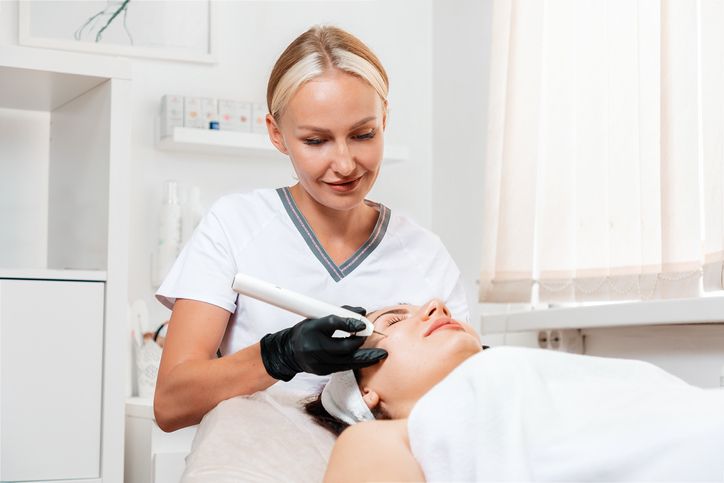
The PicoCure Pigmentation Removal Treatment at New Beauty Australia uses high energy laser that has 4 different wavelengths of picosecond and nanosecond energies (1064nm, 650nm, 585nm, and 532nm) that penetrates deep into the facial skin cells and targets melanin particles that lay beneath the skin. The quadruple laser energy of the picosecond and nanosecond laser shatters the melanin particles and other pigmentation which are then removed via the body’s metabolic system.
Unlike generic laser pigmentation removal treatments or skin resurfacing treatments that may cause skin redness and inflammation, the PicoCure Pigmentation Removal Treatment uses advanced laser energy that is 1000x faster as it penetrates and leaves the skin within a second, reducing the chances of skin discomfort and pain. The high-intensity laser energy of both picosecond and nanosecond can be used to remove age spots, dark spots, melasma, acne scars, and other hyperpigmentation issues revealing a radiant and bright skin tone.
The PicoCure Pigmentation Removal Treatment also helps to stimulate collagen production that tightens the connective tissues of the skin thus giving your face a smoothened and spotless effect. This pigmentation removal treatment also shrinks enlarged pores and brightens the skin tone and moisturises the face to give it a more elastic and supple look. But what about developing spots that are buried beneath the skin?
Well, you do not have to worry about that as the PicoCure Pigmentation Removal Treatment’s clinically designed laser technology eliminates all melanin accumulation in all the skin layers thus preventing further development of future spots. The energy used in this pigmentation reduction treatment also shrinks sebum glands under the skin to reduce the secretion of sebum to give you a balanced oil-water ratio.
Read More

7
The Final Takeaway
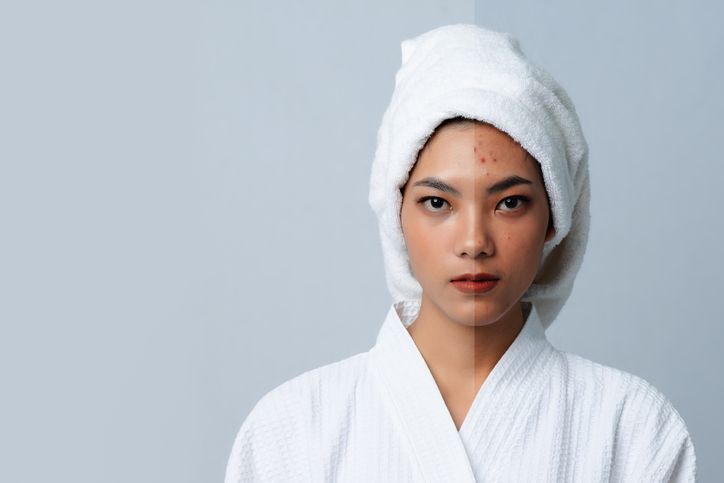
Melanin does have its benefit on our skin as it protects us from UV rays emitted by the sun so it does not damage our DNA. On the other hand, excess melanin also causes hyperpigmentation and melanin accumulation under the skin to cause dark patches, uneven skin tone and an overall dull complexion. And although are many lightening and topical creams on the market, but they may not all be suited for you.
So, if you’re looking to get rid of those pesky dark patches and uneven skin tone, the PicoCure Pigmentation Removal Treatment at New Beauty Australia is definitely worth considering. Using quadruple wavelength laser energy that combines both picosecond and nanosecond technology, this laser treatment can shatter all melanin deposits and pigmentation under the skin for a more even complexion.
What’s more, it also helps to tighten the skin by boosting collagen production – giving you toned, tightened and smooth skin! Book your appointment today to achieve beautiful glowing skin that will make you look years younger.
FAQ
What benefits does melanin provide us with?
Melanin is a form of pigment which is created by melanocytes. Melanin determines the colour of one's skin, hair and eyes and it provides us protection against UV rays emitted by the Sun.
What causes hyperpigmentation?
Hyperpigmentation is caused by factors that include stress, air pollution, excessive exposure to sunlight, illnesses and others. When melanin deposits under the skin, dark patches along with other hyperpigmentation issues begin to form.
Who is suited for the PicoCure Pigmentation Removal Treatment?
This pigmentation treatment is suited for individuals with uneven skin tone, aging skin, enlarged pores, oily skin, and skin pigmentation issues. The PicoCure Pigmentation Removal Treatment is a non-invasive pigmentation removal treatment that does not utilise any external medications, incisions or surgeries.
How many sessions of the PicoCure Pigmentation Removal Treatment do I require?
After a careful evaluation with our in-house wellness professionals, we normally recommend under 6 to 8 sessions to see the effective brightening and tightening results of the skin.
Is there any downtime after the PicoCure Pigmentation Removal Treatment?
The PicoCure Pigmentation Removal Treatment does not need you to allocate a special recovery period as you can return to your regular routines almost immediately after the treatment. Do keep in mind that your skin may become dry over the course of 2 to 3 days after the treatment. During that time, remember to apply extra moistening creams to help relieve any skin discomfort.

Book Now to Experience
PicoCure Pigmentation Removal Treatment
1 Minute Self-Registration
Date should not be before minimal date
Recommended Articles
COPYRIGHT© NEW BEAUTY MANAGEMENT LIMITED 2025. ALL RIGHT RESERVED.

